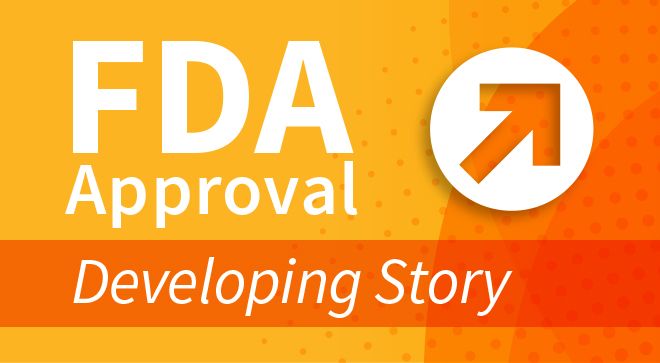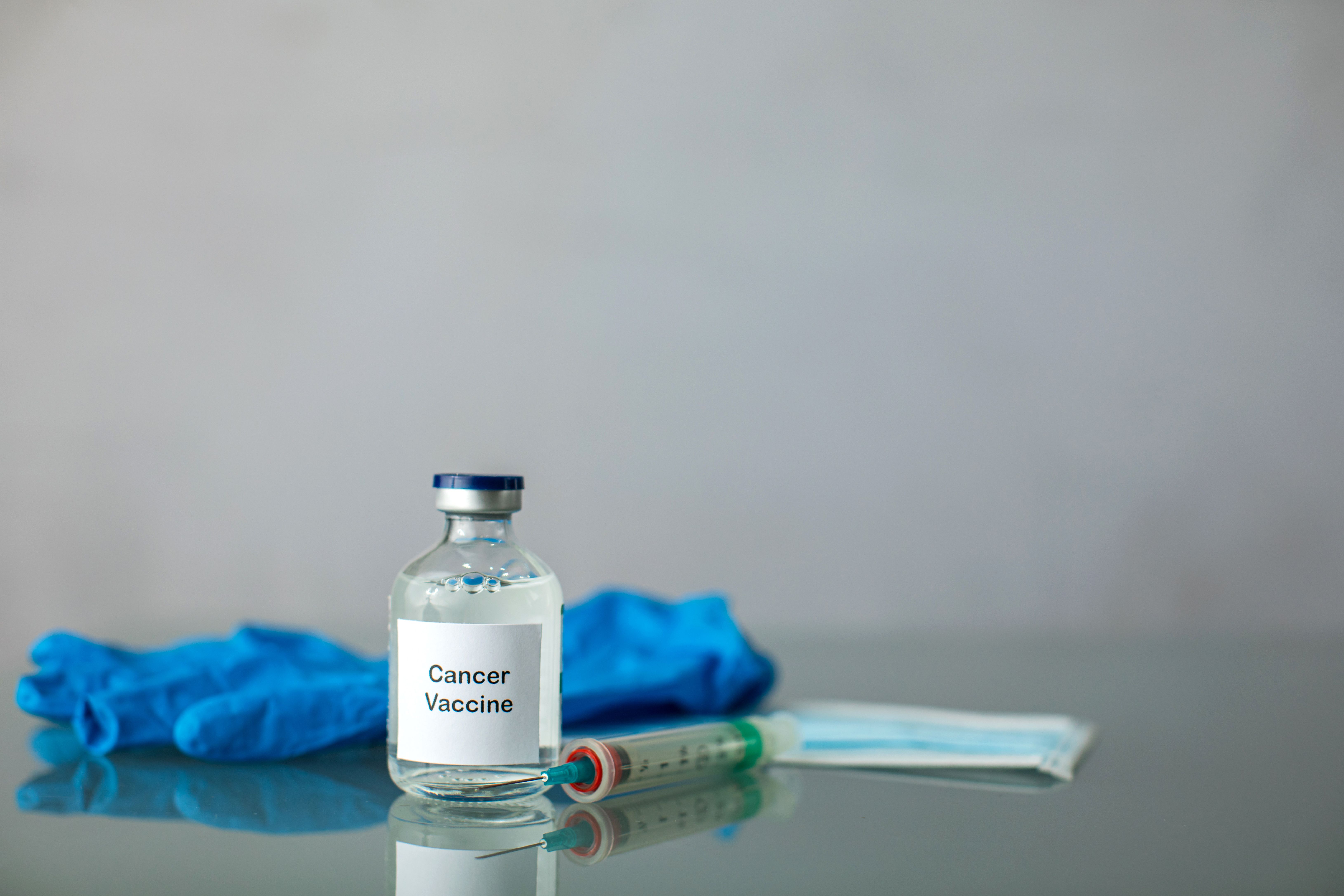Article
Expert Discusses Keytruda's Future in Lung Cancer
Author(s):
Roy Herbst, M.D., Ph.D., spoke with CURE about the future of Keytruda, and immunotherapy in general, to treat lung cancer.
Lung cancer experts are exploring combination regimens after single-agent Keytruda (pembrolizumab) gained approval for both the first- and second-line setting for patients with non-small cell lung cancer (NSCLC).
“I’m very interested in my group at Yale with combinations: pembrolizumab plus the VEGF inhibitor ramucirumab (Cyramza), pembrolizumab plus a CTLA-4 inhibitor, pembrolizumab plus a targeted argent—all of that has to be looked at,” said Roy Herbst, M.D., Ph.D., professor of Medicine, chief of Medical Oncology, Yale Cancer Center and Smilow Cancer Hospital.
Frontline Keytruda was approved based on the phase 3 KEYNOTE-024 trial, in which monotherapy with the PD-1 inhibitor reduced the risk of death by 40 percent and improved progression-free survival by 4.3 months compared with doublet chemotherapy for untreated patients with advanced NSCLC with PD-L1 expression on at least 50 percent of cells.
Keytruda’s approval in the second-line NSCLC setting was confirmed with data from the KEYNOTE-010 trial. In the study, the median overall survival (OS) was 10.4 months with a 2-mg/kg dose of Keytruda compared with 8.5 months with docetaxel in patients with more than 1 percent PD-L1 expression. With a larger dose of Keytruda (10 mg/kg), the median OS was 12.7 months.
Please discuss the most recent findings from the KEYNOTE-010 study that you presented.
In an interview with CURE during the 2016 IASLC World Conference On Lung Cancer, Herbst discussed the KEYNOTE-010 trial, the next steps with Keytruda in NSCLC, PD-L1 testing, and managing increased toxicities with combination regimens. KEYNOTE-010 was a study that resulted in the approval of Keytruda in the refractory setting, both for patients with 1 percent or more, or 50 percent or more PD-L1 staining. And of course, the biomarker at 50 percent was used for KEYNOTE-024, which resulted in the frontline approval of Keytruda. This trial [KEYNOTE-010] was presented exactly one year ago at the ESMO Singapore meeting and published in Lancet.
Now we have one more year of follow-up. The last report was rather early; many of the patients hadn’t completed a year, and now we have another year’s worth of follow-up, and some more mature survival data. What I showed was that 30 percent more of the patients enrolled in the trial are alive at two years. That’s huge—clearly better than docetaxel therapy.
Then I talked about 47 patients who had completed the full two years of therapy, or 35 doses. Ninety percent or so had response, the rest good stable disease, and there were actually three patients with complete response, and I talked about the characteristics of those patients. A few more of them had PD-L1 high staining than the others.
But really, very few of these patients have progressed. For a few who have progressed, I showed how we reinitiated therapy with some benefit in one and not the other. I think that has to be done on a case-by-case basis.
Are there any next steps following these results?
The idea, though, that you can have a durable long-term response, that’s what has changed the paradigm of lung cancer. Patients benefit, they respond, they stay responding for long periods of time, and they hopefully have a good quality of life as they live with their lung cancer.Now that Keytruda has moved to the frontline, we’re looking at combinations. I’m very interested in my group at Yale with combinations: Keytruda plus VEGF inhibitor Cyramza, Keytruda plus a CTLA-4 inhibitor, Keytruda plus a targeted argent—all of that has to be looked at.
Are there any concerns for heightened toxicities with these types of combinations?
And then there’s molecular characterization. At this meeting, there were talks by Kurt Schalper, M.D., Ph.D., and Scott Gettinger, M.D., who have both looked at samples of responders and nonresponders to immunotherapy to identify genetic and immunohistologic characteristics of those who respond and don’t respond. Those abstracts go a long way in telling us about responders. And, if we understand why someone’s not responding or becomes resistant, can we make them into a responder with more effective therapy?I’m actually impressed that immunotherapies are better tolerated in many cases than chemotherapy, although they do have unique toxicities related to the autoimmune effect that they release the brakes on the immune system, which are there for a reason. And of course, if you use multiple drugs together, you’ll have more toxicity.
First off, we have to figure out who needs more drugs than one, and if we can get away with one drug, then that’s where biomarkers will come in. But many patients are going to need combinations, and in those, we’ll have to be very tuned into the toxicities and manage them aggressively early on. But I believe we can do that.
What are some of the remaining challenges with immunotherapy in the first-line setting, and how can they be addressed?
At Yale, we’re one of the first sites to look at Yervoy (ipilimumab) and Opdivo (nivolumab) together, or tremelimumab and durvalumab together. We’ve all learned about the different toxicities and side effects, and we’ve learned how to manage them and be aggressive early on in that management.Immunotherapy clearly is a new paradigm in the first-line setting. Using it for patients who have PD-L1 staining of more than 50 percent, that’s only about 20 percent to 25 percent of patients. The challenge is to figure out, what about the other 75 percent? Should they get a PD-L1 or PD-1 inhibitor alone? Should they get it in combination with something else? Should they get chemotherapy followed by a PD-1/PD-L1 inhibitor? All of these trials and sequences need to be studied with molecular characteristics identified from the get-go.


